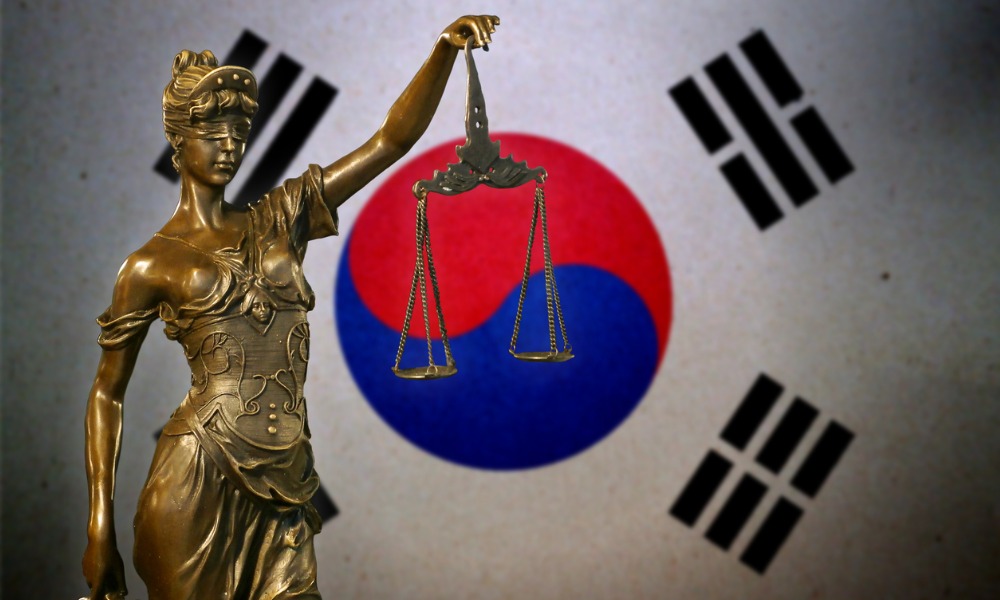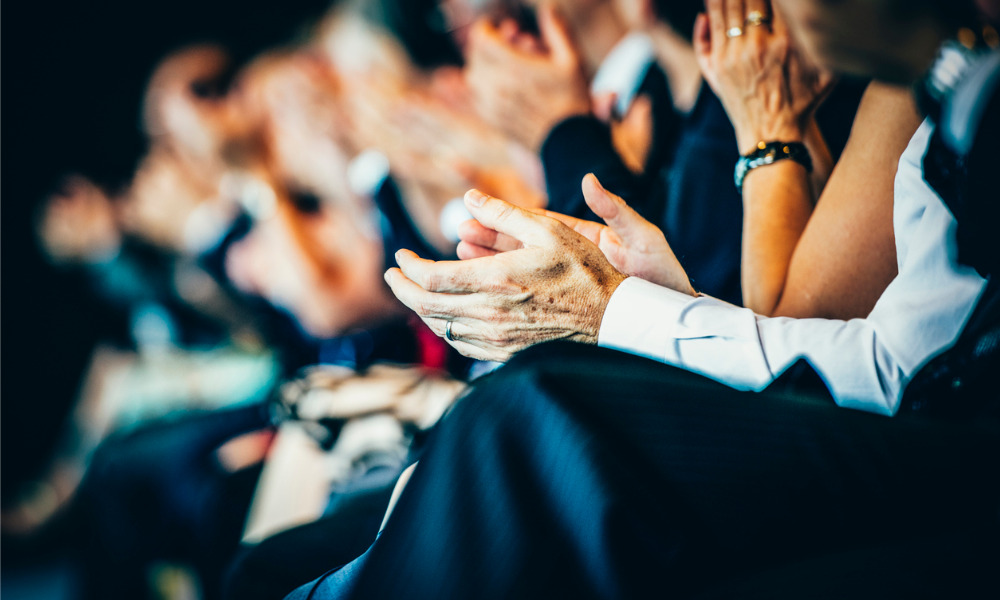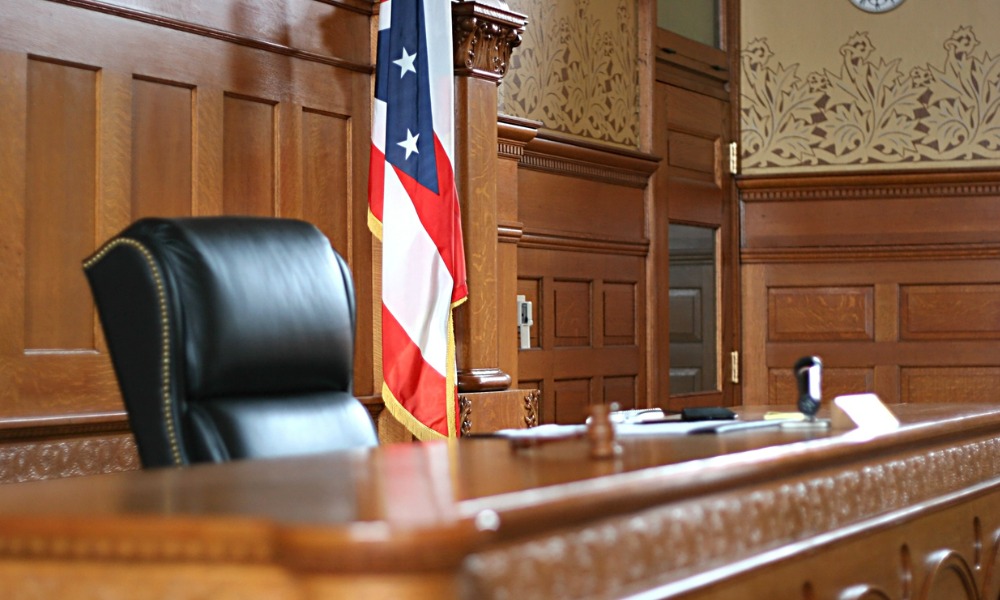Less than a third of speaking roles in court go to women, a recent study has revealed.
Women continue to be significantly underrepresented in the courtroom, a study by the American Bar Association has revealed.
The study, which took a random sample of cases from a district in Illinois, found that only 24 per cent of lawyers appearing as lead counsel were women.
Jane Needham SC, president of the NSW Bar Association, said that in Australia, female representation in speaking roles in the courtroom is significantly lower.
“Women at the bar only make up one in five, a greater number of women are in the junior ranks, only 10 per cent of silk are women. I think having a third of women in speaking roles would be surprisingly good,” she said.
The report suggests a number of reasons for the low representation of women, one of which is likely due to overwhelming number of male lawyers briefing other male lawyers.
“People like to brief people they feel comfortable with and generally they feel comfortable with people who look and sound and act like them and that’s for everyone I think,” said Needham.
“What the equitable briefing policy is attempting to do is start people thinking about the other people they can brief, other than the people they have always briefed, and thinking along the lines of suitability to the role other than the traditional merit.”
The report found that in some types of cases, women in speaking roles were better represented than in others, for example women were higher represented as lead counsel in criminal cases than civil ones and very poorly represented in class actions.
Courts, associations and firms are only just beginning to pay closer attention to such data, Needham revealing that she knows of even a judge who keeps his own tally of the number of women who appear in court before him.
“We’d really like to see more statistics kept in the private firms and by the bars themselves about whose being briefed for what and that way people can actually look at their patterns and address their unconscious bias,” she said.
The NSW Bar Association is tackling the small numbers of women entering the bar from a number of different angles. One strategy the NSW Bar is using is bringing female law students to meet with women already practising at the bar.
“The perceptions are that it’s not particularly family friendly, it’s perceived as being a bit of an old boys club and it’s perceived as being aggressively competitive. While each of those things has an element of truth, they are not the only aspects to life at the bar that I think are important,” Needham said.
“The bar is quite a flexible place to work if you are lucky enough to be able make it so and I think making the bar a better place for women to work will result in more women being there and numerically if we’re there, we’ll be available to take the speaking roles in court.”
The study, which took a random sample of cases from a district in Illinois, found that only 24 per cent of lawyers appearing as lead counsel were women.
Jane Needham SC, president of the NSW Bar Association, said that in Australia, female representation in speaking roles in the courtroom is significantly lower.
“Women at the bar only make up one in five, a greater number of women are in the junior ranks, only 10 per cent of silk are women. I think having a third of women in speaking roles would be surprisingly good,” she said.
The report suggests a number of reasons for the low representation of women, one of which is likely due to overwhelming number of male lawyers briefing other male lawyers.
“People like to brief people they feel comfortable with and generally they feel comfortable with people who look and sound and act like them and that’s for everyone I think,” said Needham.
“What the equitable briefing policy is attempting to do is start people thinking about the other people they can brief, other than the people they have always briefed, and thinking along the lines of suitability to the role other than the traditional merit.”
The report found that in some types of cases, women in speaking roles were better represented than in others, for example women were higher represented as lead counsel in criminal cases than civil ones and very poorly represented in class actions.
Courts, associations and firms are only just beginning to pay closer attention to such data, Needham revealing that she knows of even a judge who keeps his own tally of the number of women who appear in court before him.
“We’d really like to see more statistics kept in the private firms and by the bars themselves about whose being briefed for what and that way people can actually look at their patterns and address their unconscious bias,” she said.
The NSW Bar Association is tackling the small numbers of women entering the bar from a number of different angles. One strategy the NSW Bar is using is bringing female law students to meet with women already practising at the bar.
“The perceptions are that it’s not particularly family friendly, it’s perceived as being a bit of an old boys club and it’s perceived as being aggressively competitive. While each of those things has an element of truth, they are not the only aspects to life at the bar that I think are important,” Needham said.
“The bar is quite a flexible place to work if you are lucky enough to be able make it so and I think making the bar a better place for women to work will result in more women being there and numerically if we’re there, we’ll be available to take the speaking roles in court.”







